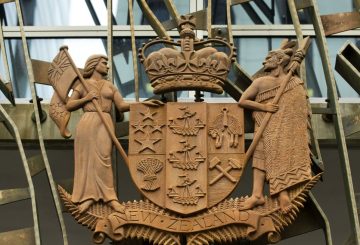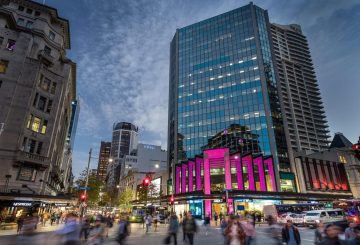Đại sứ Trung Quốc tin rằng Trung Quốc có thể giúp New Zealand phục hồi từ cơn bão Gabrielle và có khả năng chống chịu hơn, bao gồm thông qua hợp tác về tài chính và xây dựng cơ sở hạ tầng trọng điểm.
Trong một bức thư được chia sẻ vào tối thứ Tư cho Newshub, Đại sứ Trung Quốc tại New Zealand Wang Hiểu Long nói rằng Trung Quốc thấy “rất nhiều tiềm năng cho Trung Quốc và New Zealand để hợp tác với nhau”, bao gồm cả về phát triển cơ sở hạ tầng.
Trung Quốc có lịch sử tài trợ cho các dự án cơ sở hạ tầng trên toàn thế giới, đặc biệt thông qua Sáng kiến Vành đai và Đường (BRI) trị giá hàng nghìn tỷ đô la của mình.
Thủ tướng Chris Hipkins hôm thứ Năm cho biết ông không biết chi tiết liệu Trung Quốc đã chính thức đề nghị hỗ trợ hay không, nhưng New Zealand sẽ làm việc với những người khác nếu thích hợp.
Bão Gabrielle đã gây hư hại nặng cho các phần của đảo Bắc, đặc biệt là bờ biển phía đông quanh Gisborne và vịnh Hawke’s, khi nó đổ bộ vào giữa tháng 2.
Thủ tướng Chính phủ đã nhấn mạnh sự cần thiết cho cơ sở hạ tầng trong tương lai phải có khả năng kiên cường hơn, bao gồm cả khả năng cần thay đổi vị trí đường sá.
Đại sứ cho biết, Trung Quốc là một trong những quốc gia dễ bị thiên tai nhất trên thế giới và có kinh nghiệm trong việc “tăng cường khả năng phục hồi của cơ sở hạ tầng”.
Ông cho biết New Zealand và Trung Quốc có thể so sánh các ghi chú và chia sẻ những thực tiễn tốt nhất.
Ra mắt vào năm 2013 bởi Chủ tịch Trung Quốc Tập Cận Bình, BRI là một chương trình mà qua đó Trung Quốc hỗ trợ trong việc phát triển các dự án cơ sở hạ tầng ở các nước khác.






























































